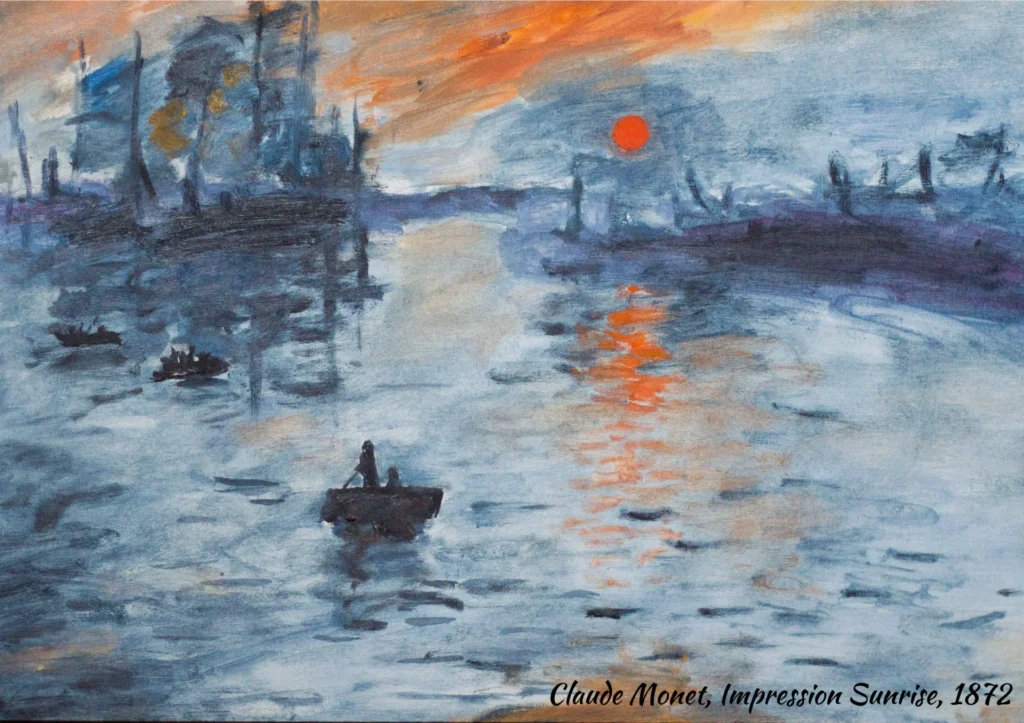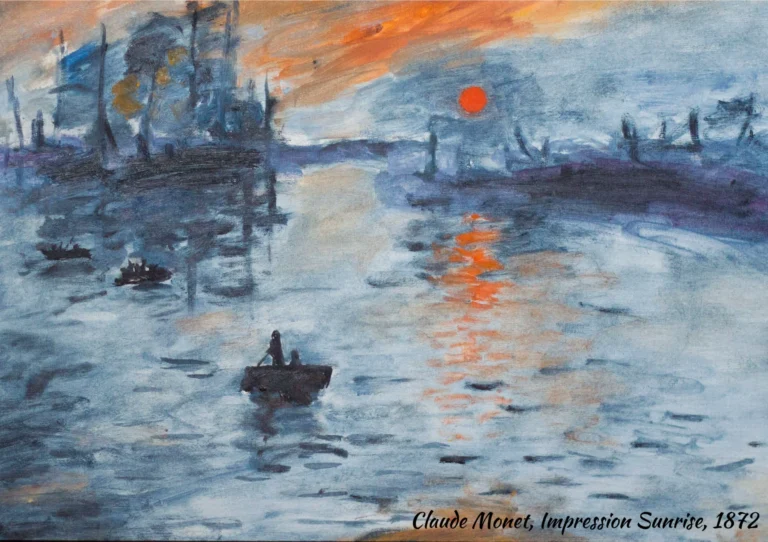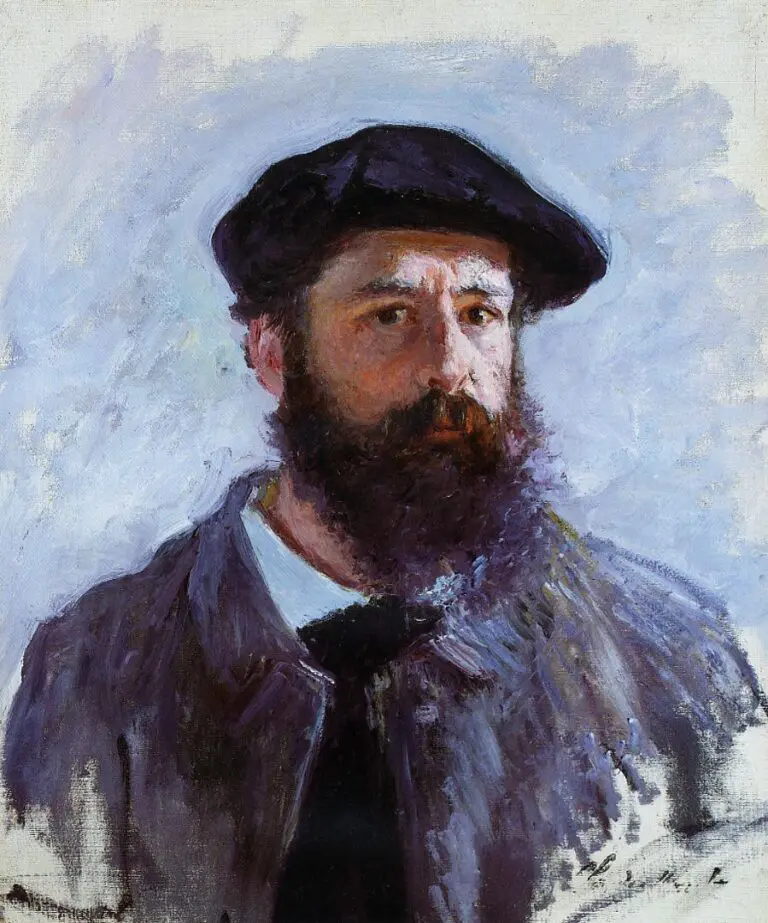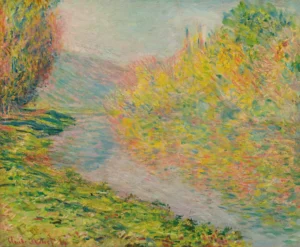Impression Sunrise (1872)
Claude Monet's 'Impression, Sunrise' emerged in 1872 from his hotel room in Le Havre, capturing the ephemeral beauty of a sunrise over the harbor. Known for its loose brushwork and vibrant, shimmering light, the painting was crucial in defining the Impressionist movement, thanks to its innovative approach that prioritized atmosphere over detail. Although initially received with skepticism, it now stands as a celebrated hallmark of modern art.
1872
About the Artwork
Created during a poignant moment for Monet, 'Impression, Sunrise' was inspired by his early morning view of the harbor at Le Havre, capturing the transient beauty of dawn. The canvas marks a turning point in art history; it was at the First Impressionist Exhibition where Louis Leroy, in jest, called the exhibited artworks 'Impressionist'. Embraced by the artists, this label became emblematic of a movement that revolutionized the understanding of light and color in painting. The painting faced trials over the years, including being stolen and later recovered, solidifying its status in the art world as an enduring symbol of innovation.
Did You Know
Monet’s ‘Impression, Sunrise’ inadvertently lent its name to an entire movement. The term ‘Impressionism’ was derived from Leroy’s critique, which, despite its ridicule, was embraced by the artists and encapsulated their fresh approach to capturing light and nature.
‘Impression, Sunrise’ was stolen from the Marmottan Monet Museum in 1985, a crime that shocked the art world. It was recovered in 1990, adding intrigue to its story and highlighting its enduring allure and significance in the world of art.
Now recognized as one of the most important contributions to modern art, ‘Impression, Sunrise’ is often referred to as the ‘Mona Lisa of Impressionism,’ symbolizing the innovation and transformative spirit of the Impressionist movement.










